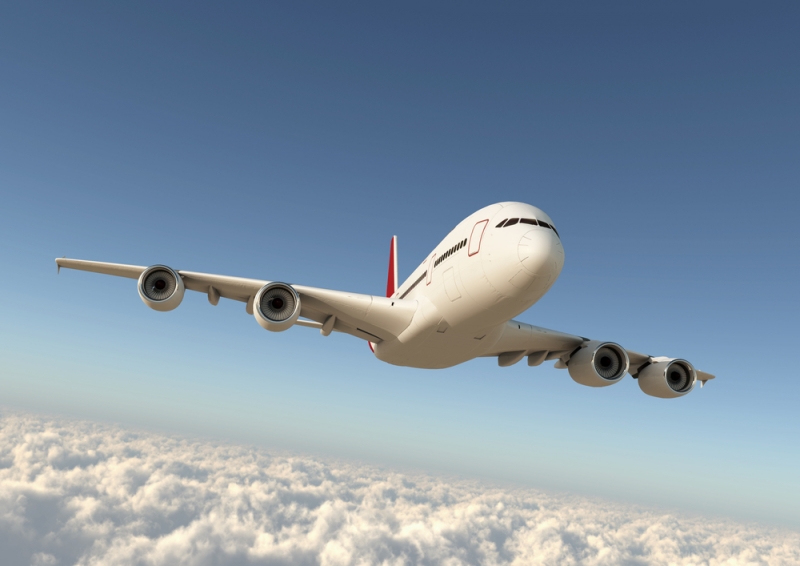Dirk Libbey
Posts: 41 +0

Internet access is becoming more and more popular with airlines but much of the time it is not nearly the convenience it purports to be. Depending on which airline you are flying, or even which flight you are on, your experience can be very different. Wi-Fi speeds can vary greatly while traveling at 30,000 feet and often you'll be paying through the nose for mediocre speeds.
While some airlines, like JetBlue, offer 10Mbps Wi-Fi speeds for free, most airlines charge $10 to $20 for far slower connections that when shared are barely usable for browsing. The reason for the drastic difference in speed, according to analyst Tim Farrar, is due to the wide variety of technologies that airlines use.
Many airlines use older systems that provide slower speeds, especially when many people are using the system inflight. However there is not much incentive for the airlines to upgrade. For business travelers cost is often not an issue since employers end up paying the bill.
Gogo, the biggest inflight ISP, is used by American, Virgin America, Delta, Alaska Airlines and some United flights, and their business model is "charging as much money as possible to a very small number of people,” according to Farrar. In fact, the price of Wi-Fi from major providers like GoGo have been going up, not down, as these companies look for a price ceiling they have yet to find.
While Wi-Fi quality will likely improve as airlines replace their planes, there is no sign that prices are going down. Just how much are those Facebook messages worth to you?
Image courtesy: musicman/Shutterstock
https://www.techspot.com/news/61250-inflight-wi-fi-economics-demand.html